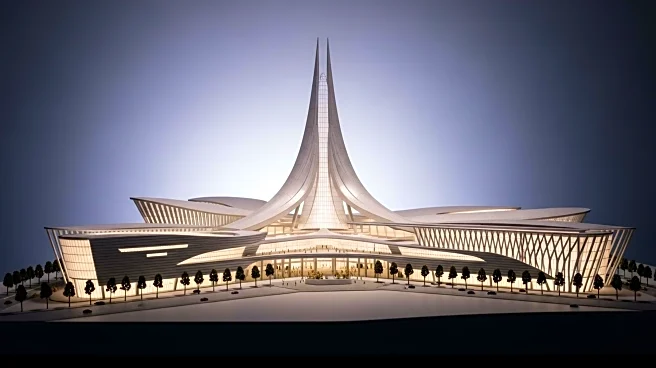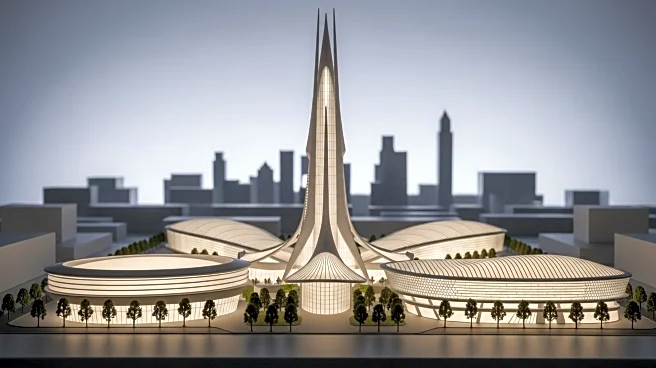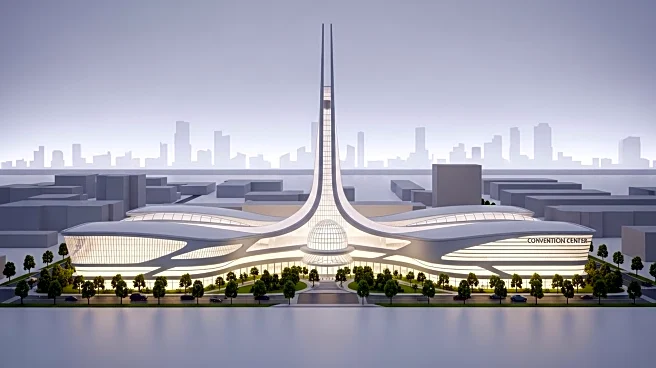What is the story about?
What's Happening?
Los Angeles International Airport (LAX) has experienced a significant drop in global airport rankings, falling from the third busiest airport in 2019 to the 11th spot. John Ackerman, CEO of Los Angeles World Airports (LAWA), is overseeing a $30 billion transformation of LAX in preparation for the 2028 Olympics and Paralympics. The airport has faced challenges such as a sewage blockage and delays in the Automated People Mover project, originally set to open in 2023 but now expected by 2026. Ackerman aims to improve infrastructure and passenger experience, despite setbacks and reduced ridership projections post-pandemic.
Why It's Important?
The decline in LAX's ranking and passenger satisfaction impacts its reputation and economic contributions to the region. The ongoing $30 billion overhaul is crucial for enhancing the airport's infrastructure and preparing for major international events like the 2028 Olympics. Successful completion of these projects could boost tourism and local businesses, while failure to address current issues may deter travelers and affect the airport's competitive standing. The transformation aims to position LAX as a world-class facility, potentially increasing its attractiveness to airlines and passengers.
What's Next?
The completion of the Automated People Mover and other infrastructure projects is critical for LAX's future success. LAWA officials are working on contingency plans to ensure smooth operations during the 2026 World Cup, even if the train project faces further delays. The airport's transformation is expected to continue through 2030, with plans to revamp terminals and improve traffic flow. Community groups have raised concerns about potential traffic issues, which may require further adjustments. Ackerman remains optimistic about achieving a world-class status for LAX.
Beyond the Headlines
The transformation of LAX involves not only physical infrastructure but also cultural elements, with plans to incorporate local themes into terminal designs. This approach aims to enhance the traveler experience by reflecting Los Angeles' unique identity. The project also highlights the challenges of balancing modernization with community impact, as construction and increased traffic may affect local residents. The long-term success of LAX's overhaul could serve as a model for other airports facing similar challenges.
AI Generated Content
Do you find this article useful?














